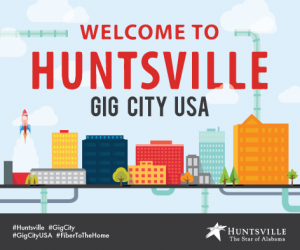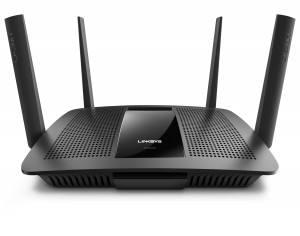AT&T litigate against broadband-infrastructure-preparation by US local government
Article
AT&T sues Louisville to stop Google Fiber from using its utility poles | ARS Technica
AT&T sues Louisville over utility pole law adopted for Google Fiber | WDRB-TV (41) Louisville
WDRB TV news segment video – Click to view
WDRB 41 Louisville News
From the horse’s mouth
Google Fiber
My Comments
A situation that is surfacing in the USA is that AT&T are litigating the City Of Louisville, Kentucky because this local government are implementing a “one-touch make-ready” policy concerning their power infrastructure being made ready for the provision of competing Internet service.
What is “dig-once” or “one-touch make-ready”?
An issue that always surfaces with the “pits, poles and pipes” infrastructure managed by utilities and telecommunications providers is being able to prepare this infrastructure at an early point including positioning the existing operator’s wiring and equipment in a manner that subsequent operators can use those pits, poles or pipes. The idea is to avoid the waiting time that an operator (and their potential customers) have to face along with the disturbance associated with long high-noise construction activity that is needed to prepare infrastructure for another operator’s use.
This policy is know as “dig once” for underground infrastructure or “one-touch make ready” for overhead infrastructure.
The USA situation
Most of the power-line infrastructure between the substations and the end-users in the USA is owned by a city’s or county’s local government or a utility company owned or managed by that local government. AT&T, Comcast and other established operators don’t like the idea of a local government facilitating competitive Internet and pay-TV service so they have had state governments write laws to frustrate the provision of Internet service by local governments such as municipal Wi-Fi hotzones.
The fact that a local government implements a “dig-once” or “one-touch make-ready” policy on the infrastructure it owns is considered a threat to the incumbent operator’s monopolistic behaviour because it is simply facilitating a competitor’s access to the pits, poles and pipes owned by the local government or its public utilities entity. AT&T reckons that what happens with “pits, poles and pipes” is under the control of the state government rather than a local government and that they see it as “seizing” their property if AT&T’s wiring is rearranged by a local government or other entities preparing poles for access by other operators.
Who can effectively provide and manage “pits, poles, pipes and towers” infrastructure?
What is surfacing is a courtroom debate about how a local government or utility company can manage their “pits, poles and pipes” infrastructure in the context of facilitating the use of this infrastructure by other operators. Louisville’s local government, Google FIber and other organisations intent on seeing real competition in the USA’s fixed-broadband market are defending or providing moral support for the defence of this policy.
In some ways, this case could affect how access rights, leases and easements on private land for utilities and telecommunications services are granted; along with how independently-owned “pits, poles, pipes and towers” infrastructure is operated. This can range from a fire brigade providing space on its radio tower or a building owner leasing the top of their tall building to radio-based communications providers; a property owner providing a “once-and-for-all” easement for multiple local telecommunications providers to use; or an apartment block or similar development being wired up for one or more broadband services alongside the established telephony and cable providers.
Here, the question that could be raised is the amount of power established operators can have over the same physical infrastructure when it comes to admitting other operators and whether the infrastructure’s owners can set standards concerning the operators “wires’, antennas and equipment”.
This is a case that is of interest to anyone like public or private entities who are in a position to provide infrastructure along with service providers who want to provide competing telecommunications service.




![US Flag By Dbenbenn, Zscout370, Jacobolus, Indolences, Technion. [Public domain], via Wikimedia Commons](https://homenetworking01.info/wp-content/uploads/2014/08/Flag_of_the_United_States.svg_-300x157.png)
